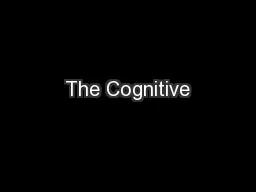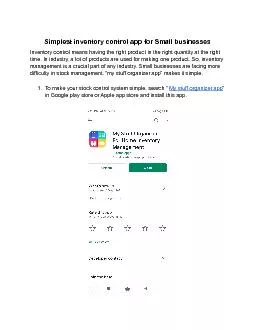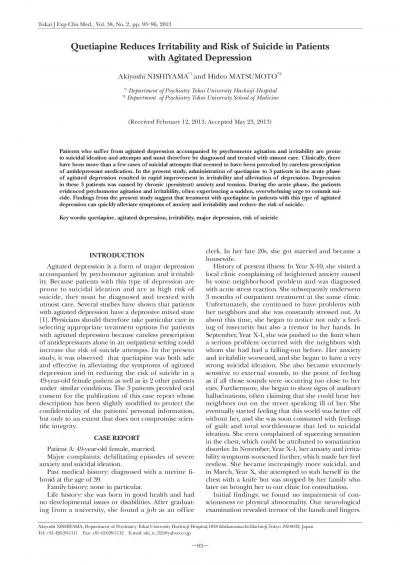PPT-Beck’s Depression Inventory
Author : karlyn-bohler | Published Date : 2016-02-19
BDIII Haley Courtney Annie amp Christina Rubric Option 3 Becks Depression Inventory Original BDI 1961 Revised 1978 BDI 1A BDIII Copyright 1996 Pearson Age Group
Presentation Embed Code
Download Presentation
Download Presentation The PPT/PDF document "Beck’s Depression Inventory" is the property of its rightful owner. Permission is granted to download and print the materials on this website for personal, non-commercial use only, and to display it on your personal computer provided you do not modify the materials and that you retain all copyright notices contained in the materials. By downloading content from our website, you accept the terms of this agreement.
Beck’s Depression Inventory: Transcript
Download Rules Of Document
"Beck’s Depression Inventory"The content belongs to its owner. You may download and print it for personal use, without modification, and keep all copyright notices. By downloading, you agree to these terms.
Related Documents














